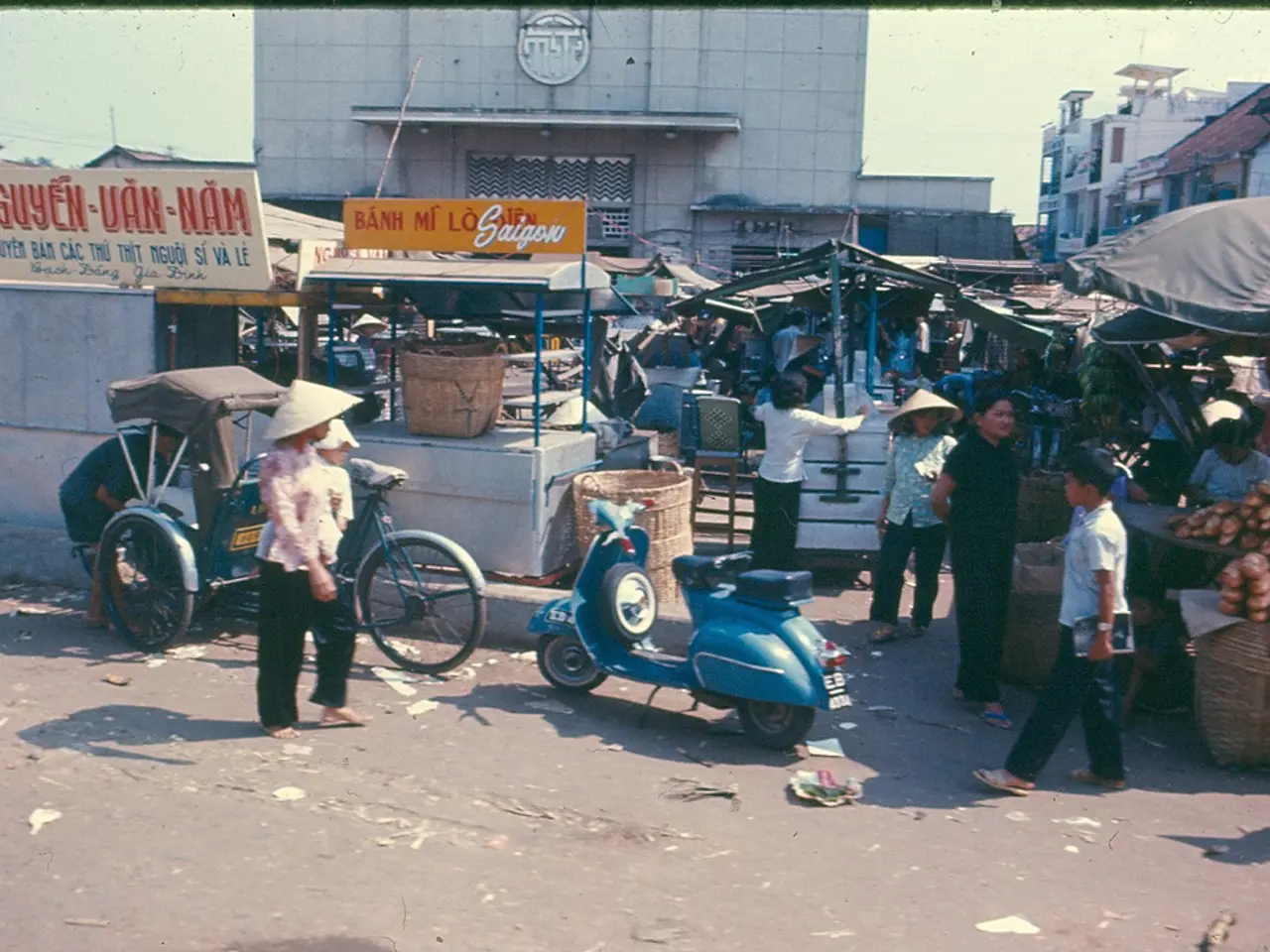Barcelona removes 24,640 promotional posters from various locations
In a bid to maintain urban cleanliness and safety, Barcelona has intensified its efforts to remove illegal posters and stickers (fly-posting) as part of the city's ongoing Pla Endreça clean-up drive. Since March 2025, over 24,640 such items have been taken down, primarily in busy districts like Ciutat Vella, Sants-Montjuïc, Eixample, Horta-Guinardó, Sant Andreu, and Sant Martí.
To enforce these regulations, the city has recruited 234 new workers, including a 19-person team dedicated to graffiti and poster cleaning. Those responsible for illegal fly-posting are being issued fines. The cleaning is not merely cosmetic but addresses safety concerns and urban hygiene, with an emphasis on removing residues like glue and solvents from surfaces.
The city's goal is not to pick fights with small venues, but to stop the 'poster attracts poster' cycle that can turn a lamppost into a noticeboard overnight. The drive aims to improve aesthetics, public safety, and urban cleanliness. The city plans to conduct more checks, targeted sanctions, and another visible sweep once the summer crowds thin.
For residents and visitors, the expected payoff is cleaner corners, clearer signs, and fewer sticky layers on every lamppost. Drivers missing directions, pedestrians missing warnings, and shopfronts wearing glue stains for months are potential issues the city aims to address. For event promoters, the message is to use authorized channels or budget for a penalty.
Inspectors have logged likely offenders before the cleanup began, with plans to fine serial fly-posters who continue to violate the rules and official channels. The city will conduct follow-up cleanups in September and December, focusing on Ciutat Vella, the seafront corridor, Eixample, Sant Martí, and Horta-Guinardó. The increased capacity in graffiti removal is intended to erase tags and stickers quickly, reducing the likelihood of their return.
The city's efforts are focused on making streets more legible and safer by removing obstructions like smothered signage. The city is also trying to address both litter and employment issues simultaneously with this cleanup effort. A 19-strong team was hired through an employment scheme to handle the scraping, steaming, and solvent work. Graffiti removal teams in Barcelona have increased from 20 to 24 in August and will remain at this capacity through the end of the season.
The removal work was not just cosmetic, but aimed at improving street readability, safety, and preventing damage to public property. The city will continue to fine serial fly-posters who violate the rules and official channels. The city of Barcelona has hired 234 additional staff and 99 additional teams for routine cleaning and waste collection from May to October.
- In an attempt to enhance the city's aesthetics and ensure public safety, Barcelona has expanded its efforts to handle not only fly-posting but also home-and-garden related litter, employing 99 additional teams from May to October for routine cleaning and waste collection.
- As part of the city's ongoing Pla Endreça clean-up drive, a dedicated 19-person team has been recruited to specifically target graffiti and posters, aiming to improve the general lifestyle and home-and-garden environment by making streets more legible and safer, and preventing damage to public property.




